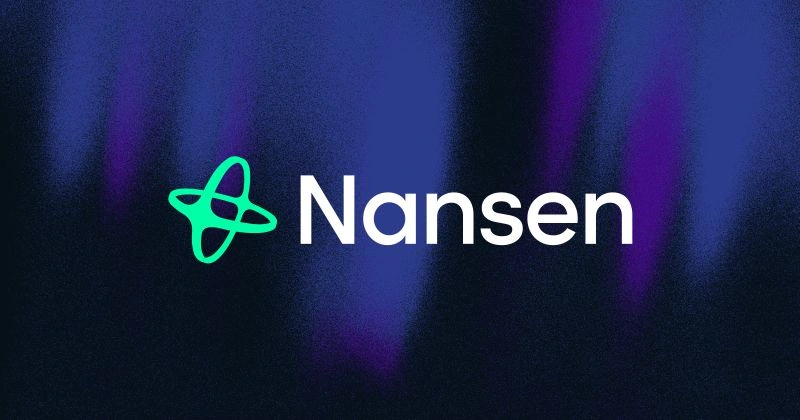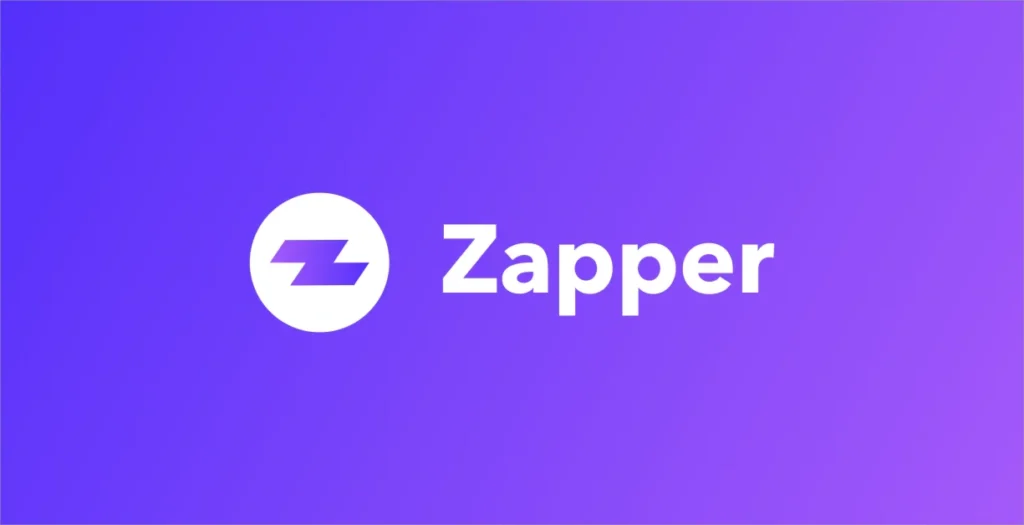Let’s Talk About the Top On-Chain Tools—Because It’s Not Just Etherscan Anymore
If you’ve ever tried tracking a wallet, verifying a transaction, or figuring out what the heck your tokens are doing in some DeFi pool—you’ve probably already touched a few of the top on-chain tools. But which ones are actually worth your time?
We’ve rounded up five of the most popular platforms and compared what they’re good at—and where they kind of miss. Because let’s face it, not every crypto tool is beginner-friendly… or even human-friendly.
1. Etherscan – Best Top On-Chain Tools for Raw Blockchain Data
Let’s start with the OG. Etherscan is like the Google of Ethereum. You can look up wallet addresses, read smart contract code, or trace back failed transactions. It’s reliable, detailed, and totally unforgiving if you don’t know what you’re looking at.
Pros:
- Transparent and real-time
- Supports nearly everything on Ethereum
- Completely free
Cons:
- Not beginner-friendly
- Zero visual guidance
- No portfolio features
Still, if you’re serious about tracking things down to the block level, Etherscan is kind of essential.

2. DeBank – Best Top On-Chain Tools for Portfolio Viewers
You’ve got a dozen DeFi positions. Some on Arbitrum, some staked on LayerZero… and a little forgotten something on Optimism. DeBank pulls all of that into one clean dashboard. It also shows net worth, token balances, and some social features like wallet “ranking,” which—let’s be honest—no one asked for but kind of likes.
Pros:
- Multi-chain support
- Great portfolio interface
- Free and fast
Cons:
- Can lag behind for newer chains
- Might miss obscure tokens
- Limited deep-dive analytics
If you just want a clear overview and aren’t into clicking through ten wallets manually, this one saves your sanity.

3. Dune – Best Top On-Chain Tools for Custom Analytics
Dune isn’t your everyday explorer—it’s for people who want to know how many users are actually using a dApp. The power here comes from community-built dashboards, powered by SQL queries. Some say it’s like Excel on-chain—but with dashboards that actually look good.
Pros:
- Open and customizable
- Rich community of dashboards
- Free to view, pay to build
Cons:
- Coding skills help—big time
- Quality of dashboards varies
- Can be overwhelming at first
But if you’re trying to build a data-backed argument (say, to win a DAO grant), Dune’s your move.


4. Nansen – Best for Following Smart Money
Want to know where whales are going? Which tokens are trending among veteran traders? That’s Nansen’s whole game. It clusters wallets into labels—like “smart money,” “VC fund,” or “airdrop hunter”—so you can see what big players are doing before it shows up on CT.
Pros:
- Smart wallet tracking
- Labeling is incredibly helpful
- Great for narrative trading
Cons:
- Not cheap
- Can be noisy
- You still need to interpret the data
Used right, Nansen can give you an edge… but it’s not magic. It’s still on you to think.

5. Zapper – Best for All-in-One Simplicity
Zapper aims to be the all-in-one dashboard: tokens, DeFi, NFTs, even bridges and swaps—all in one UI. It’s smooth, clean, and doesn’t require a PhD in smart contracts. For casual users or anyone easing into the on-chain lifestyle, Zapper just… works.
Pros:
- Intuitive design
- Multi-chain and multi-feature
- Beginner-friendly
Cons:
- May not catch niche protocols
- Light on analytics
- Not ideal for power users
Perfect for someone just trying to see where their assets are. But if you’re hunting alpha? You might outgrow it.

So, Which On-Chain Tool Is “Best”? Depends On You
The truth? There’s no one-size-fits-all winner. The top on-chain tools each serve different purposes. Want to read the chain like a dev? Etherscan. Just trying to track your DeFi bags? DeBank or Zapper’s your vibe. Looking for that smart money flow? Nansen’s where it’s at.
Maybe the takeaway here is this: mix and match. Stack your tools. Learn what each one can (and can’t) do—and use them accordingly. Because in crypto, the tools you use are your edge.
Relevant news: What If You Had to Choose Just One? A Hypothetical Dive into Top On-Chain Tools






